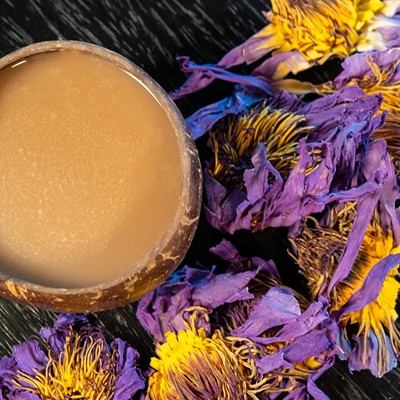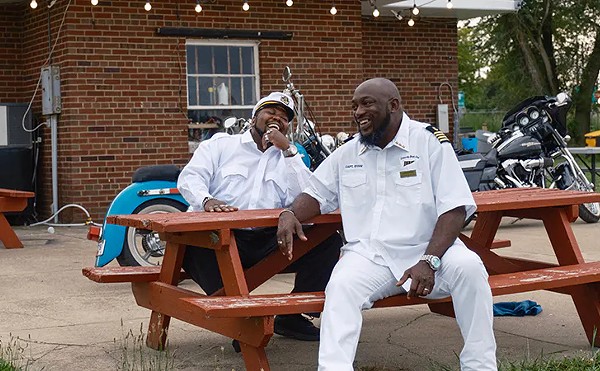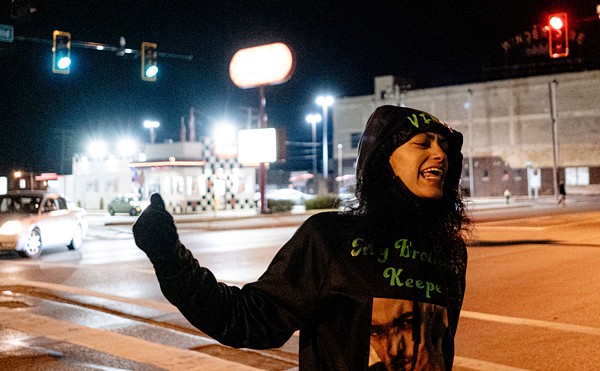Marilyn Monroe was the great American myth. She told the press that part of her childhood was spent in the Los Angeles Orphans Home, neglecting to mention that she was in the equivalent of its daycare boarding program. Stories of childhood molestation and other horrors were true, but they hadn't happened to her; they formed the childhood of her foster sister, Beebe Goddard. Her greatest love affair was with famed athlete Joe DiMaggio, but no one mentioned that she announced her plans to marry playwright Arthur Miller the day she returned from her honeymoon with Joe. Her acting skills were so limited she could not do stage work, but on the big screen, the audience was riveted by her presence. As her agent/lover Johnny Hyde of the William Morris Agency told her, she wasn't an actress; she was a star!
Over a number of years of working on and off in Hollywood, both on television movies and books such as The Peter Lawford Story (with his widow Patricia S. Lawford), I met and extensively interviewed men and women who had known Marilyn intimately. These ranged from Leon Schwab (who co-founded the famed Schwab's Drug Store with his three brothers, to private investigator Fred Otash) to actors, producers and directors who were friends or coworkers. I also had access to many hours of taped interviews of now-long-dead studio executives, preserved by the Motion Picture Academy library. Eventually I realized that the full story, not only of Marilyn but of the world in which she was mythologized, was more fascinating than the fantasies, publicity twists and stories by "lovers," "friends" and others who never dared claim to have known her until long after her death. The result is Marilyn Revealed, from which this little-known story of the behavior that led to her death is taken.
Marilyn Monroe was dying. Her body had been ravaged by booze and drugs, taken with abandon. The handful of people who seemed to genuinely care about her were not in a position to help or make her stop, and those who were in a position to intervene would not do so. Most simply didn't give a damn — a crude condemnation that, tragically, matches the reality of their interwoven lives. Some just wanted Marilyn to be happy, and if that meant helping her get a good night's rest, what was wrong with that? Some knew she was a film industry cash cow and were milking her for every extra million dollars her pictures could earn while she was still at the height of her popularity, apparently telling themselves that they would get her help after the next picture. Or the next. Or the next.
Some didn't want to lose Marilyn's friendship. They genuinely liked her. They found her funny, smart, insightful, sexy and a great woman to be around — so why mess up a perfectly good relationship by pointing out that she was an addict so over the top it was amazing she was still alive? And some were justifying their own outrageous behavior by pretending that Marilyn was OK because their lives were not all that different.
Let's start with the drugs Marilyn Monroe was regularly using as she prepared to star in The Misfits, the last film she would complete. In alphabetical order, they are known to consist of at least: Amytal, antihistamines, Benzedrine, champagne, chloral hydrate, codeine, Demerol, Dexamyl, Dexedrine, gin (40 percent alcohol — 80 proof), Librium, methamphetamines, morphine, Nembutal, Percodan, Phenobarbital, Seconal, sherry, sodium pentothol, sulfathalidine, vermouth and 100 proof (50 percent alcohol) vodka. There may be others that have not been documented because she liked to raid friends' medicine cabinets when visiting.
If all was going well, Marilyn would take a nighttime cocktail consisting of a half-tumbler of champagne, a Nembutal capsule opened so the drug would enter her system faster and a chloral hydrate tablet. When working on her last movie, she would sometimes have a dinner that consisted of three ounces of steak, one Librium, one chloral hydrate, one Nembutal and two glasses of Dom Pérignon. Her studio, Twentieth Century-Fox, provided daily methamphetamine shots.
Director John Huston, speaking about Marilyn on the first day of filming of The Misfits: "She got some sleeping pills from a doctor in town. I first noticed her condition when we started production. She was very late, and as time went on, her condition worsened. Often she would not even know where she was. Her eyes had a strange look. She was definitely under the influence. She had apparently been on narcotics for a very long time. I spoke to Arthur [Miller, her husband at the time] about it. It seemed so hopeless.''
Whitey Snyder, her longtime friend and frequent makeup artist, said that Marilyn Monroe's work habits contributed to her problems. She would get off work at the studio, go home and go to bed. This was frequently very early in the evening — seven or eight o'clock. She had usually not wound down from the day's work and would have fallen asleep easier and deeper had she stayed awake another couple of hours. Instead, she took her sleep medication, either alone or in a "cocktail." She would then give the medication no more than an hour, which was seldom long enough.
Today it is known that one side effect of mood-altering medication is an increase in the problem for which it was taken. It is also known that there are drugs to which a regular user can develop a tolerance, requiring them to either increase the dosage (a potentially dangerous but common approach), switch to another drug or detox their system over several days or weeks, then try the original dose again. Marilyn chose the first approach, taking more medication around 10 and still more as late as midnight. At that point, everything would take effect, and she could not be readily roused in the morning. Snyder often had to do makeup while Marilyn was still in bed, and starting times for filming were pushed back by one hour or more to accommodate what was happening.
The drugs sought by Marilyn Monroe were provided by doctors and pharmacists. These were not street drugs; they were not smuggled into her home and forced into her body as she slept. This was her daily choice for living, for working, for dealing with almost everything, good or bad. She was a junkie. She was an alcoholic. She was a woman ravaging her body, her heart and her brain. Production on The Misfits began July 18, 1960. On August 4, 1962, a little more than two years later, she was dead. Experts in pharmacology never thought she was murdered. They just wondered why it had taken so long for her to die.
Reprinted with permission from Marilyn Revealed: The Ambitious Life of an American Icon by Ted Schwarz, from Taylor Trade Publishing.











